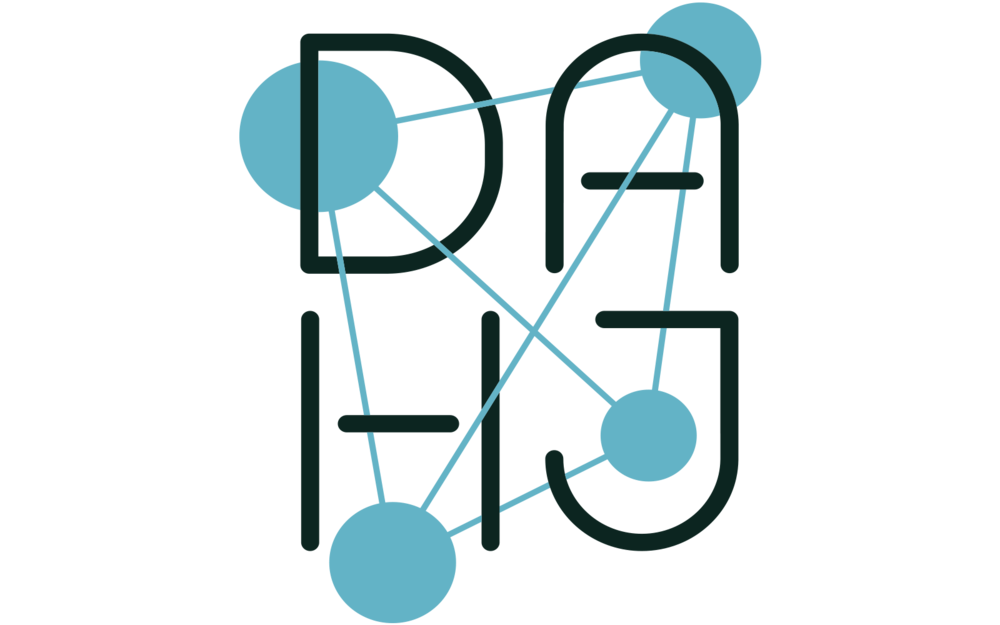Today, Artificial Intelligence (AI) is at the forefront of art-historical research and cultural discourse: from the creation of digital images with the use of transformer models, such as Dall-E and Midjourney, to the analysis of large data sets of images with the use of neural networks. Scholarly written analysis is also shifting with the use of ChatGPT and other language models. Now is a critical time for the field of Digital Art History to reflect and respond to the uses and applications of data with these computational methods. As the International Journal for Digital Art History (DAHJ) responds to cutting-edge scholarship concerning developing technologies and tools within the fields of art history and museum studies, we open this call for papers.
While AI inquiry offers many potential avenues for rethinking art historical research, without careful consideration algorithms also risk ethical pitfalls . Though there has been fervent discussion around AI tools intersecting with art production, as well as a long history of tool development for image recognition and analysis, this issue seeks to further the conversation in response to the recent influx of scholarly engagement with AI and art-historical scholarship.
Art History with AI poses a series of unanswered questions and pressing topics for our community:
Ethical considerations, including issues of bias, diversity, and cultural heritage (e.g., classification and canonical bias)
The integration of AI in art education and its potential to enhance learning and pedagogy
Considerations around copyright, context, and image creation
The ontology of (AI) Art: Is it art? How can we redefine art history with AI?
Schema and recipe: How do the expectations embedded in datasets (and AI products) reinforce (or disarticulate) in individual instances of image generation? Will the instructions for generating images accrue a new power, and will/should they be proprietary?
Modernism and automation: Is this just another late-stage entanglement between art and machines that has been going on since the advent of industrialization? To what degree is the novelty of these products related to the vast scale of their proprietary dataset? (i.e., Dall-E can do certain things because they have billions of images to mine.) What about "no-go zones" and/or censored topics, such as pornography, violence, propaganda, etc.?
The future of AI in art history and its potential to shape the discipline in new and innovative ways: How do we see art and art history through an AI lens (if at all)? How will it change and how can we be ready?
The ninth issue, “Dear ChatGPT, give us a title!” Responsiveness and Responsibility in Times of AI, seeks to identify and explore this discourse of AI and its various relationships with the discipline of art history.
This issue will be tandem with our DAHJ Gallery VR exhibition “A Kind of Alchemy: The Work of Art in the Age of Artificial Intelligence.” The exhibition will consider the medium of AI Art and its developing tools, such as DALL-E 2, Midjourney, and Stable Diffusion, along with the artists who are at the heart of this experimentation and emerging practice.
We welcome articles from art historians, curators, conservators, information scientists, artists, and writers from other related disciplines who are concerned with these topics. This open call aims to include marginalized scientific perspectives from diverse global communities.
The call is now open and first articles are to be published in the first quarter of 2023. To submit articles, please register first at https://dahj.org/contribute and then submit articles (6,000 words max.). We will be publishing articles on a rolling basis.
[This call was co-written with ChatGPT]

